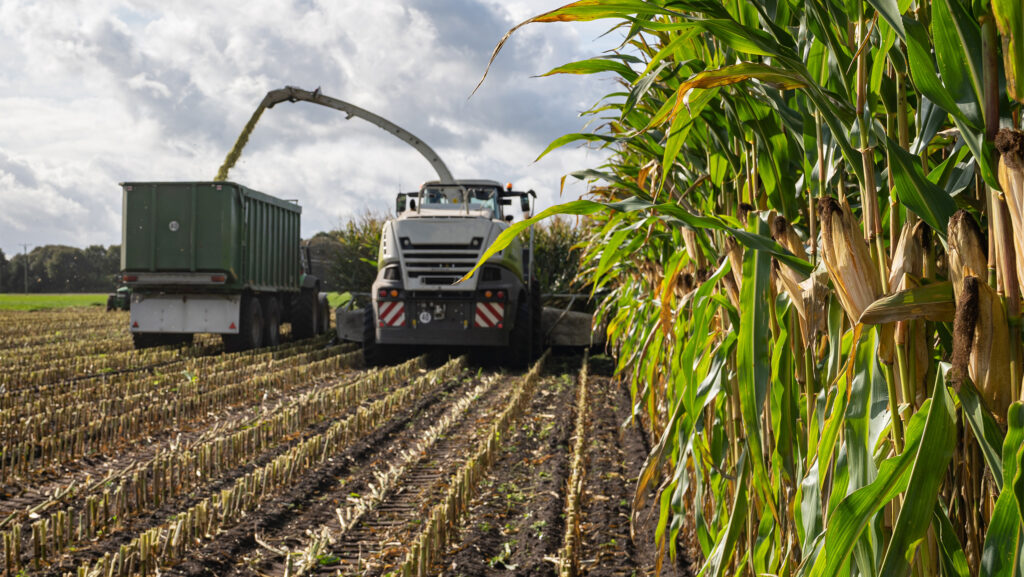Maize Watch: Crop progress a month behind
 © Adobe Stock
© Adobe Stock Maize progress has largely been a month behind all year in southern Wales, with drilling and harvesting dates both delayed.
This is according to George John of SG John Agri Services, who says the 2024 maize growing campaign has been very difficult in his area of south Wales.
But he reports most of the maize has been harvested over the past fortnight in the Pembrokeshire and Carmarthenshire region, where George oversees the agronomy of 480-570ha of maize.
See also: Maize Watch: Marked difference under film near Dumfries
Among the lows this season have been a 5ha field completely lost to crows and seagulls.
“This was maize following an old grass ley. Everything was pulled out by the birds, so leatherjackets may have attracted the birds as well,” he explains.
“This has happened the past two seasons after previously never being a problem.”
He says wet conditions have led to some difficult harvesting days.
“There have been some horror stories about tractors pulling each other round the field, but at the same time some growers have been pleasantly surprised with how crops have fared, and yields have been.”
He added that while some crops have yielded 49t/ha (20t/acre) or more, others have been disappointing, down at the 30-34t/ha (12-14t/acre) mark.
He says this year has been a learning curve, with the following trends seen:
- Foliar nitrogen pays off Spraying a 28% nitrogen product to deliver 37.5kg/ha of nitrogen at the 10-leaf stage paid dividends in crop progress
- Variety matters Some varieties have performed remarkably well in a challenging year. Faith and Bonny are two that have impressed George this year. Good variety choice is allowing more than 90% of maize to be grown without film
- Drilling conditions are key Getting maize drilled and established in a timely manner and in conditions that are suitable is hugely important. It largely depends on field conditions, which are not in the grower’s control
- Maturity matters This year has rewarded those who waited for crops to mature and harvest at optimal dry matter levels, as in the past two weeks.
